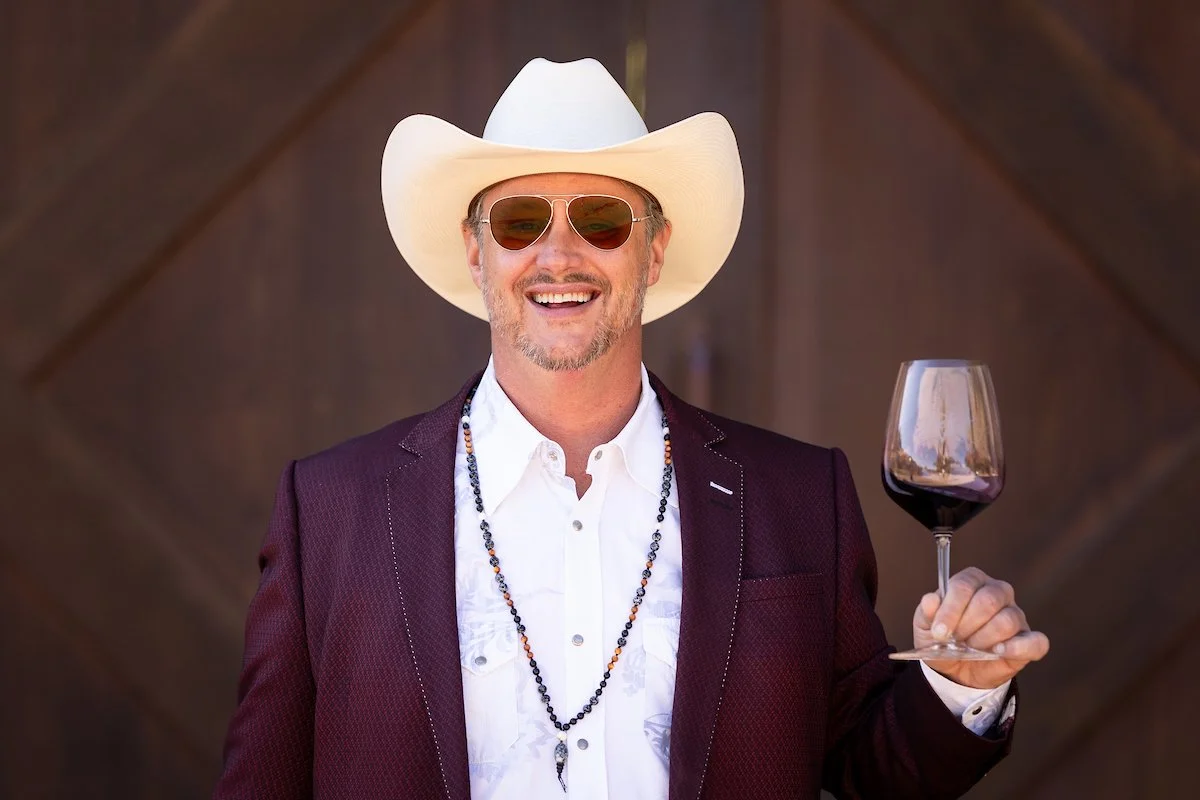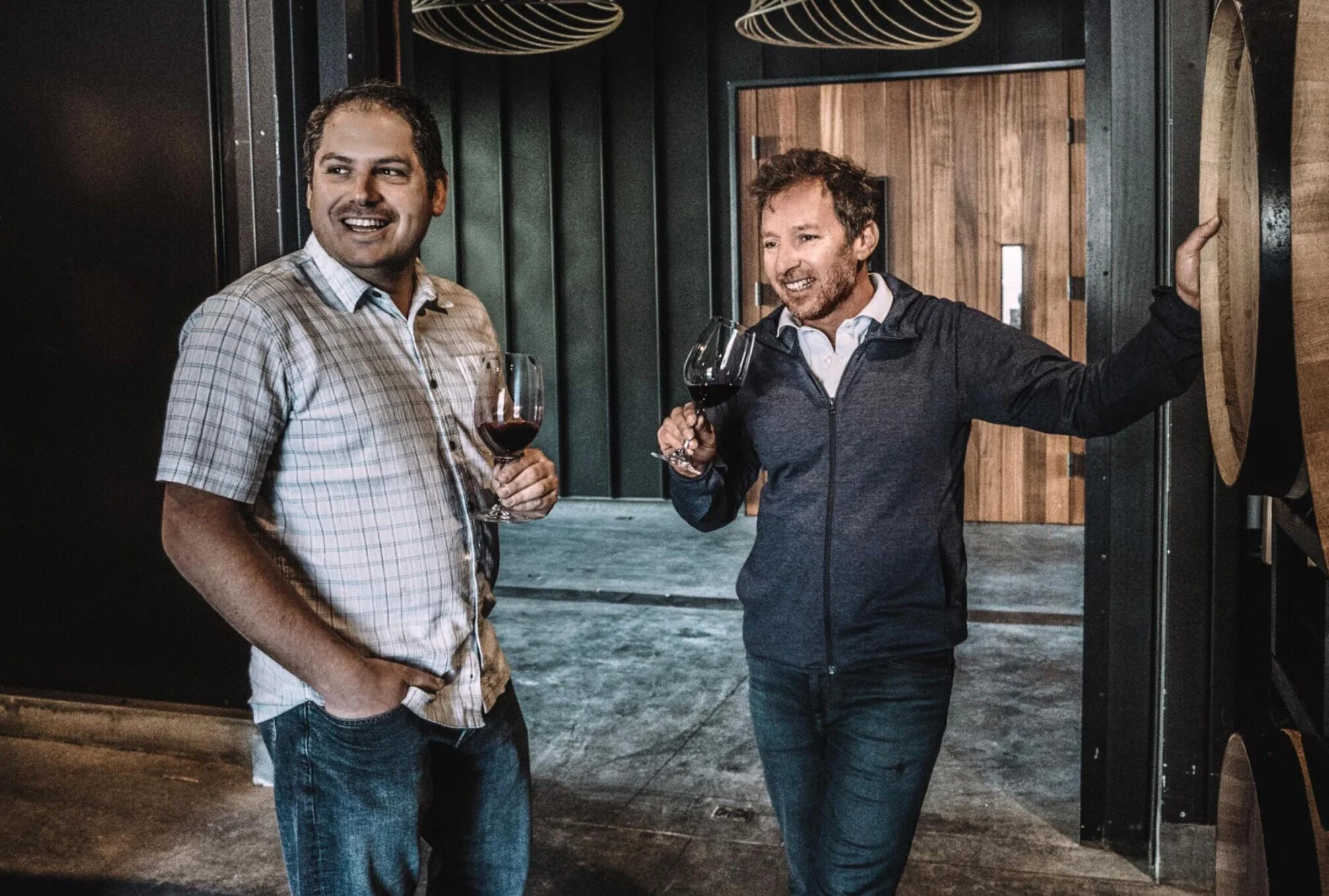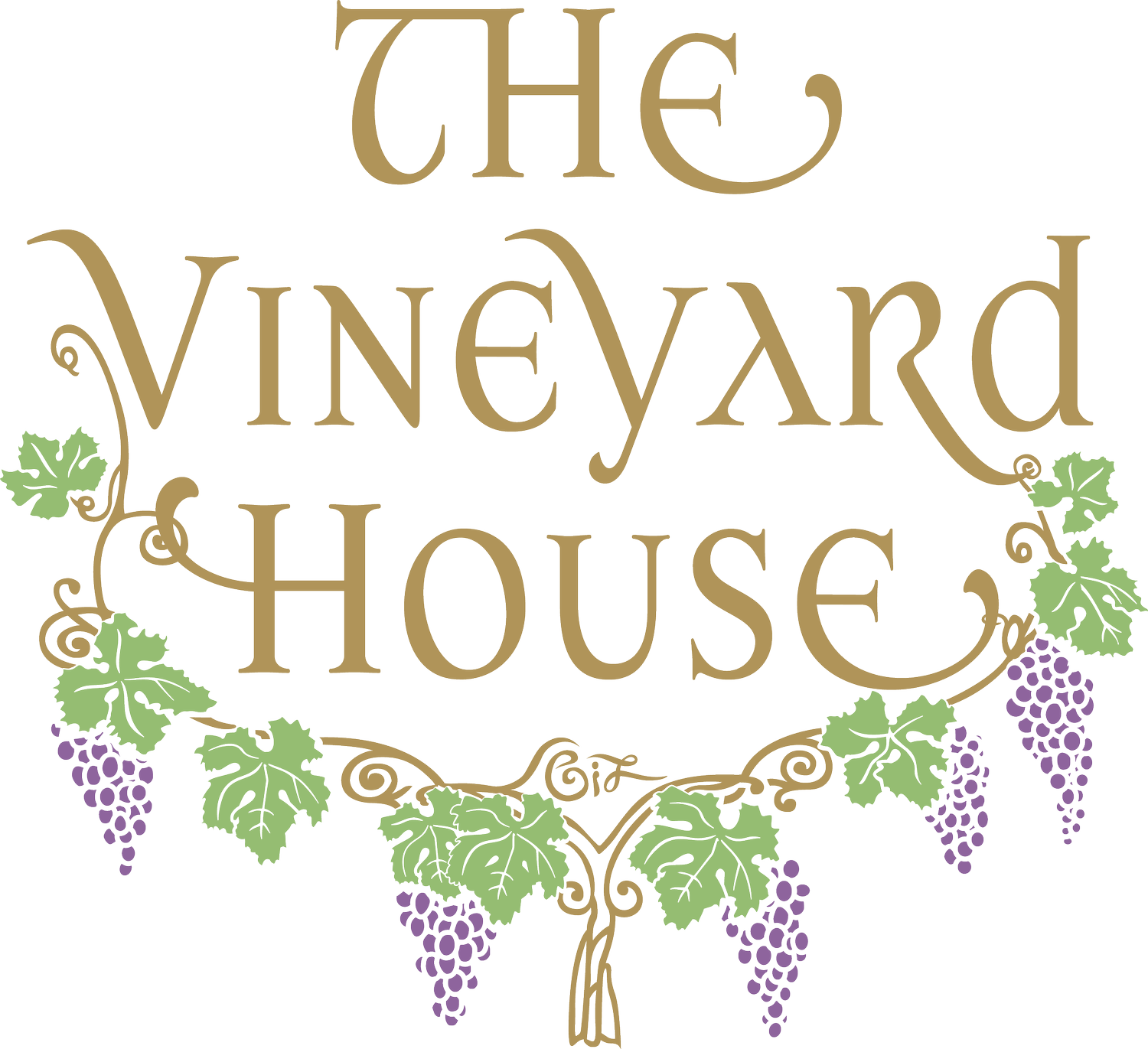a living continuation of Napa’s early history
a legacy of land
Our story begins on the historic Halter Valley land once cultivated by pioneering vintner, H.W. Crabb. While his broader legacy includes the To-Kalon plot and its storied place in Napa history, it was here, on this estate, where his vision took root. Years later, the property found new life under the care of Gil Nickel, whose son Jeremy Nickel remains committed to preserving its past while building its future.
One of napa valley’s best kept secrets
THE HALTER VALLEY
Tucked between the western ridgelines of the Oakville AVA, the Halter Valley is one of the world’s most discreet and coveted growing corridors. Protected by elevation and orientation, the valley’s natural amphitheater shape creates a microclimate ideal for long, slow ripening.
At the base of the Mayacamas Range, our estate is bounded by Harlan Estate, FUTO, and Promontory. The gravelly, alluvial soils and varied slopes lend our wines structure, complexity, and grace.
The Halter Valley represents not only a physical site, but a philosophy of attention, balance, and place. Every vintage we produce is a chapter in the unfolding story of this land — and a testament to its future potential.
“The estate’s unique terrain allows us to harvest each of the vineyard blocks at optimum potential, crafting showstopping wines that are a perfect expression of the terroir.”
— Winemaker, Maayan Koschitzky
LetTING the land lead
winemaking approach
The wines are made with the help of Atelier Melka, whose team oversees every critical decision in the winemaking process, including picking decisions, vinification and élevage, and the most critical practice: blending.
The key to excellence at The Vineyard House is “micro-fermentation.” Individual parcels — often mere rows — are picked at optimum ripeness, then vinified separately in three to five-ton lots. After following the wines’ development for a year, Nickel, Melka, and Koschitzky determine the optimal blend for each bottling. Vinifying small lots means the potential of each row, then each barrel, is maximized in the final blends.
THE PEOPLE BEHIND THE PLACE
-

JEREMY NICKEL
PROPRIETOR & VINTNER
-

Philippe Melka & Maayan Koschitzky
WINEMAKING TEAM



